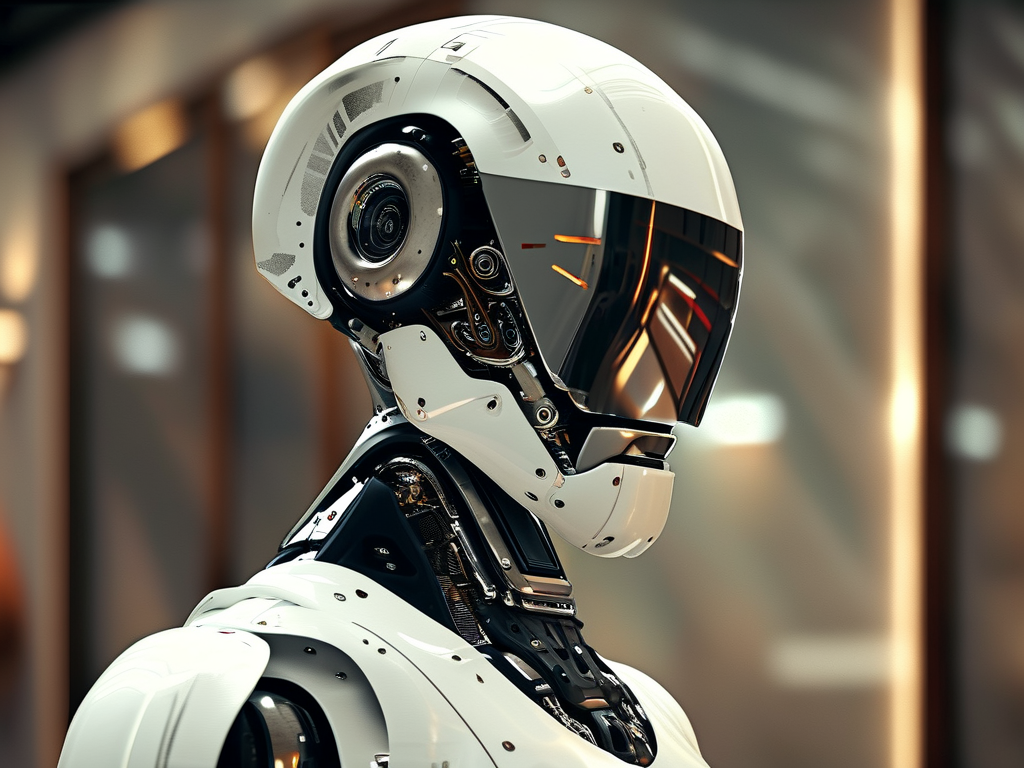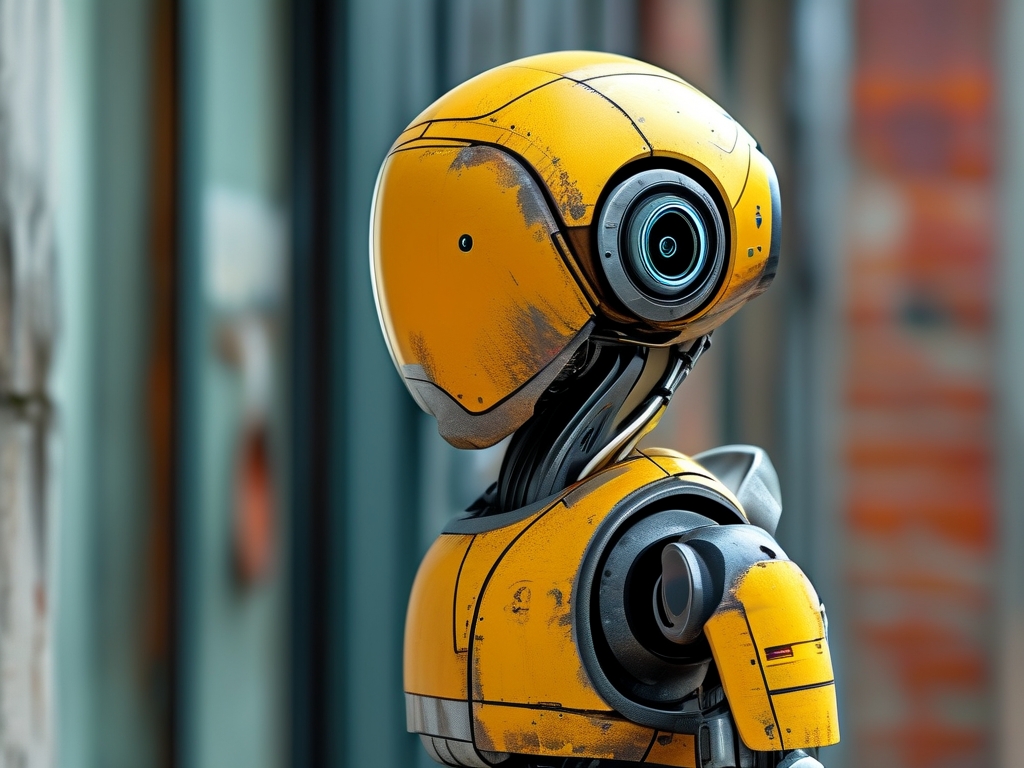As artificial intelligence systems become increasingly sophisticated, a growing movement advocates for preserving human agency in critical decision-making processes. While robotic technologies offer efficiency and data-driven precision, this article explores three fundamental reasons why selective rejection of autonomous systems may benefit society.

1. The Nuance of Contextual Judgment
Industrial robots excel at repetitive manufacturing tasks, achieving 99.78% precision in controlled environments according to 2023 automation reports. However, real-world scenarios often require adaptive reasoning that machines struggle to replicate. Consider urban planning decisions where historical preservation conflicts with modern infrastructure needs. An AI might optimize for traffic flow efficiency while disregarding community sentiment - a critical factor human planners weigh through lived experience.
Medical diagnosis presents another complex frontier. While IBM Watson can cross-reference millions of case studies in milliseconds, it cannot physically comfort a patient receiving terminal illness news. Dr. Eleanor Reyes, chief oncologist at Boston Mercy Hospital, observes: "Our clinical trials with diagnostic AI showed 12% higher accuracy rates, but 63% of patients explicitly requested human interpreters for results."
2. Ethical Accountability Gaps
Machine learning models operate through statistical patterns rather than moral frameworks. Facial recognition systems deployed in law enforcement have shown racial bias magnitudes up to 34.7% in NIST testing, raising critical civil rights concerns. Unlike human officers who can be cross-examined in court, algorithmic decision-making processes often remain opaque "black boxes."
The 2022 European Union AI Liability Directive attempts to address this by requiring error logging for high-risk systems. Yet when a self-driving car prioritizes passenger safety over pedestrian survival in unavoidable collisions, who bears moral responsibility? Manufacturers? Programmers? These unanswered questions suggest areas where human oversight remains imperative.
3. Cognitive Diversity Preservation
Neuroscience research indicates that human teams solving complex problems activate 47% more neural pathways than individuals working alone. When we over-delegate to machines, we risk creating decision-making monocultures. The 2025 Tokyo Power Grid Collapse exemplifies this danger - an AI optimized for cost efficiency gradually eliminated redundant safety systems until a cascade failure left 12 million residents without electricity.
Educational systems face similar challenges. A Stanford study found students using AI writing assistants produced essays with 22% fewer original metaphors and 15% reduced syntactic complexity. As Professor Liam Chen notes: "Tools that promise to enhance creativity may inadvertently standardize thought patterns if used uncritically."
Implementing Balanced Technology Integration
Strategic rejection of automation doesn't imply Luddite resistance but rather conscious allocation. The Hamburg Port Authority's hybrid container management system demonstrates this balance. AI handles routine cargo routing while human supervisors intervene in customs disputes and weather-related exceptions, maintaining 94% operational efficiency with 80% reduced litigation.
Key implementation principles include:
- Establishing clear human override protocols
- Maintaining parallel manual verification systems
- Regular ethics audits of automated processes
- Transparent public communication about technology limitations
As we navigate this technological crossroads, the ultimate challenge lies not in maximizing automation capabilities but in cultivating human wisdom to guide their application. By consciously preserving spaces for human judgment, we harness technology's power without surrendering our capacity for compassionate, contextual decision-making. Future innovation must focus not on replacing humans, but on enhancing our unique strengths through thoughtful collaboration with machines.


